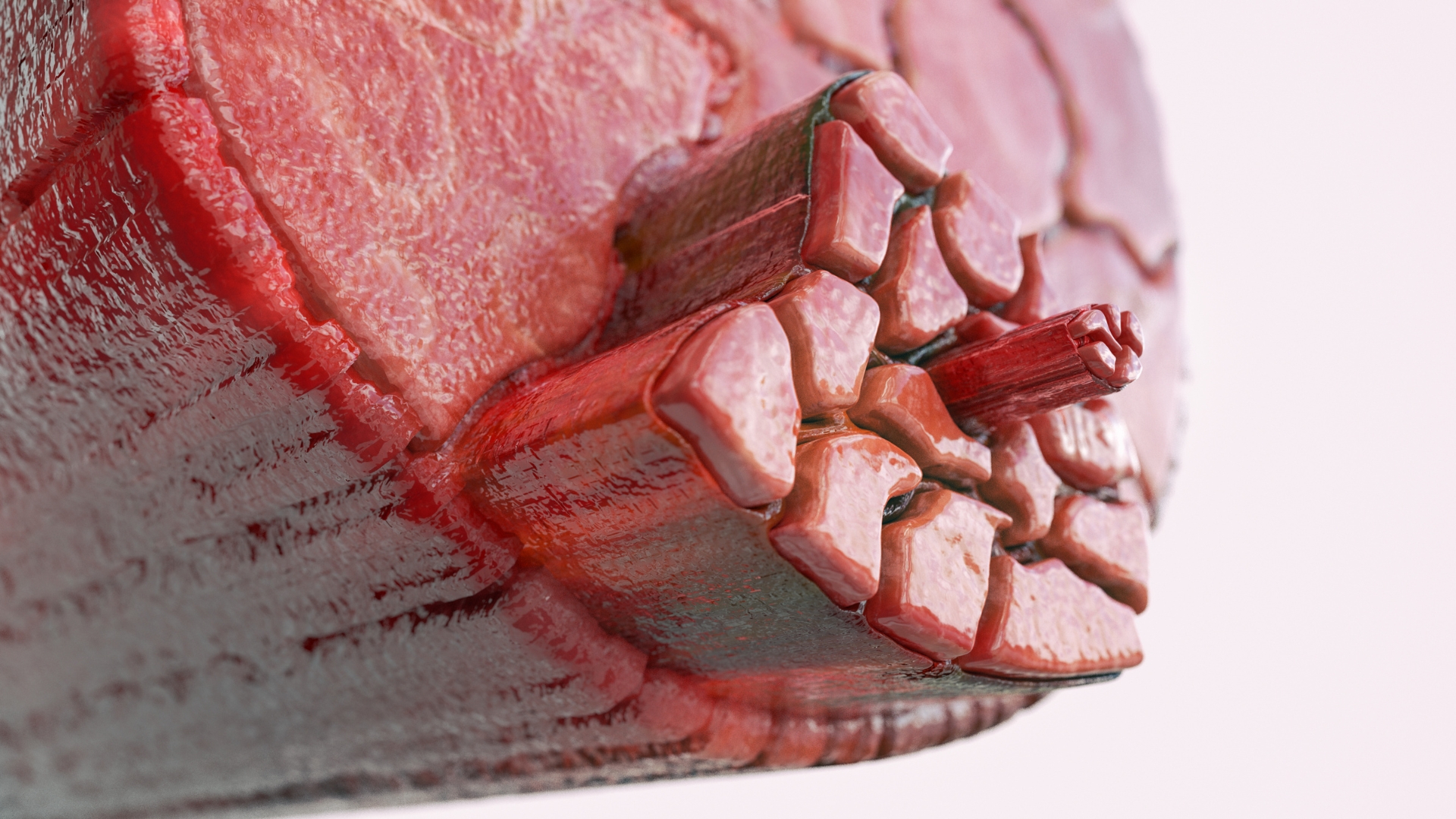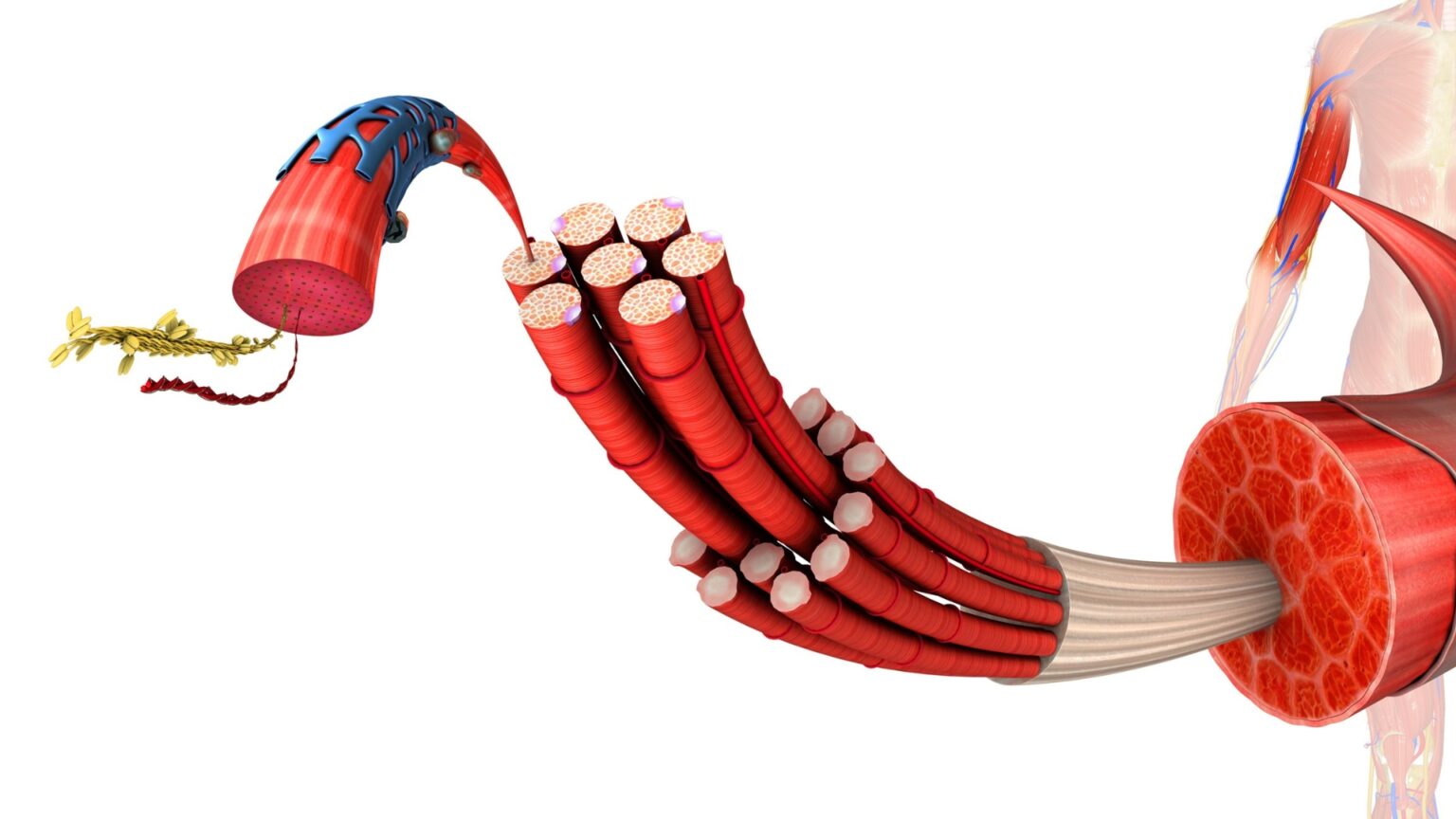
Strength training vs hypertrophy training—what’s the difference, and which one should combat sports athletes prioritize? If you’re a boxer, MMA fighter, or grappler, the way you build muscle and develop power directly affects your performance in the ring or on the mat. This isn’t just a combat sports concern—athletes from all backgrounds can benefit from knowing when to shift focus between strength and hypertrophy to optimize their training.
In this guide, we’ll break down both training styles, their unique benefits, and how to structure a program that maximizes strength, endurance, and resilience for combat sports. Plus, we’ll explore how general athletes and fitness enthusiasts can apply these principles to improve their training.
Strength training isn’t just about lifting heavy—it’s about maximizing force output and developing the kind of power that translates directly into explosive movement, resilience, and athletic dominance. Whether you’re a combat sports athlete looking to improve your clinch game or a general fitness enthusiast aiming to build raw strength, understanding the mechanics of strength training is essential.
Strength training is focused on maximizing force output—how much weight you can lift in a single effort. This style of training develops raw strength, improves neuromuscular efficiency, and builds a solid foundation for power-based sports.
Rep Ranges: 1–6 reps per set
Rest Periods: 2–5 minutes between sets
Intensity: Heavyweights (80–95% of 1RM)
Main Goals: Maximal strength, neuromuscular adaptation, power generation
Stronger Clinch & Grappling – Wrestlers, jiu-jitsu athletes, and MMA fighters benefit from a stronger grip and greater control in scrambles.
Explosive Punching Power – Heavy strength work improves force production, making strikes more devastating.
Resilience Against Opponents – A stronger frame can withstand more damage and remain durable in long fights.
Deadlifts – Builds posterior chain strength essential for takedowns.
Front Squats – Core engagement and lower-body drive for explosive movement.
Weighted Pull-Ups – Develops grip and upper-body endurance for clinch work.
Trap Bar Deadlifts – Safer on the lower back while maintaining full-body power.
Hypertrophy training is muscle growth-focused—it increases muscle fiber size and endurance, which is crucial for repeated efforts in a fight. This type of training ensures combat sports athletes can sustain power over multiple rounds, maintaining striking force and grappling strength deep into competition.
To build muscle efficiently, hypertrophy training follows specific principles designed to maximize muscle fiber recruitment and endurance. This training style focuses on creating metabolic stress and mechanical tension, essential for sustained power output in combat sports and general athletic performance. Understanding these key characteristics ensures athletes develop both size and functional strength, optimizing their ability to perform under fatigue.
Rep Ranges: 6–12 reps per set
Rest Periods: 30–90 seconds between sets
Intensity: Moderate weights (65–80% of 1RM)
Main Goals: Muscle size, endurance, and work capacity
Increased Muscle Endurance – More muscular endurance means sustaining power over multiple rounds.
Faster Recovery Between Strikes – Hypertrophy improves metabolic efficiency, reducing fatigue during explosive movements.
Enhanced Body Composition – Lean muscle mass without unnecessary bulk keeps athletes strong and agile.
When integrated correctly, hypertrophy training doesn’t just add size—it reinforces strength endurance, improves metabolic conditioning, and makes combat athletes more resilient under fatigue.
Split Squats – Builds single-leg power and stability for kicks and takedown defense.
Push Press – Reinforces upper-body endurance for repeated strikes.
Romanian Deadlifts – Develops hamstring endurance to maintain mobility late into a fight.
Medicine Ball Slams – Trains fast-twitch explosiveness needed for KO shots.

While combat sports athletes rely on strength and hypertrophy training to enhance their power, speed, and resilience in the ring or cage, these methods extend far beyond fighters. Strength training builds raw power and injury resilience, making it essential for athletes in sports like football, basketball, and even endurance events. Hypertrophy training, on the other hand, benefits bodybuilders, CrossFit enthusiasts, and general gym-goers who want to build muscle size and aesthetics.
For non-combat athletes, integrating both methods can elevate performance. Runners and endurance athletes can use strength training to improve force production, while those focused on general fitness can leverage hypertrophy to enhance muscle tone and body composition. The key is understanding which approach aligns with personal goals, ensuring that each workout contributes to a stronger, more functional physique.
Endurance Athletes (Runners, Cyclists, Swimmers):
Benefit from strength training to improve force production and efficiency.
Can use hypertrophy training to build muscular endurance and reduce fatigue over long distances.
Team Sport Athletes (Football, Basketball, Soccer):
Require strength training for explosive power and injury prevention.
Hypertrophy training aids in muscle balance and endurance for sustained performance.
General Fitness Enthusiasts:
Strength training builds a foundation for functional movement and longevity.
Hypertrophy training enhances aesthetics and overall muscle health.
Older Adults & Injury Recovery:
Strength training prevents muscle loss and maintains joint integrity.
Hypertrophy training improves muscle mass and metabolic health.
By incorporating both training styles strategically, non-combat athletes can optimize performance, prevent injuries, and maintain long-term fitness.
| Factor | Strength Training | Hypertrophy Training |
|---|---|---|
| Goal | Maximal strength & power | Muscle size & endurance |
| Reps | 1–6 per set | 6–12 per set |
| Rest Time | 2–5 min | 30–90 sec |
| Weight Load | 80–100% 1RM | 65–80% 1RM |
| Training Effect | Stronger lifts, better force production | More muscle volume, improved fatigue resistance |
A hybrid training model is the most effective approach, combining strength training for raw power and hypertrophy for muscle endurance. This balanced method ensures combat sports athletes develop explosive force while maintaining the stamina needed to outlast opponents in long bouts. For general athletes, it creates a foundation of strength and resilience, optimizing performance across multiple disciplines.
Day 1: Strength Focus (Lower Body)
Deadlifts: 4×5 (Heavy)
Bulgarian Split Squats: 3×8 (Moderate)
Box Jumps: 3×6 (Explosive)
Core Work: Hanging Leg Raises 3×12
Day 2: Hypertrophy Focus (Upper Body)
Push Press: 4×10
Weighted Chin-Ups: 4×8
Dumbbell Bench Press: 3×12
Triceps Dips: 3×10
Day 3: Combat-Specific Drills
Heavy Bag Work: 3-minute rounds x5
Sprint Intervals: 5 rounds (30s sprint, 1 min rest)
Plyometric Push-Ups: 3×12
Day 4: Strength Focus (Upper Body)
Trap Bar Deadlifts: 4×5
Barbell Rows: 3×8
Overhead Press: 4×6
Farmer’s Carries: 3x30s
Day 5: Hypertrophy Focus (Lower Body & Core)
Front Squats: 4×10
Romanian Deadlifts: 3×12
Hanging Knee Raises: 3×15
Medicine Ball Slams: 3×10
| Day | Focus | Exercises |
|---|---|---|
| Day 1 | Strength (Lower Body) | Deadlifts, Bulgarian Split Squats, Box Jumps, Hanging Leg Raises |
| Day 2 | Hypertrophy (Upper Body) | Push Press, Weighted Chin-Ups, Dumbbell Bench Press, Triceps Dips |
| Day 3 | Combat-Specific Drills | Heavy Bag Work, Sprint Intervals, Plyometric Push-Ups |
| Day 4 | Strength (Upper Body) | Trap Bar Deadlifts, Barbell Rows, Overhead Press, Farmer’s Carries |
| Day 5 | Hypertrophy (Lower Body & Core) | Front Squats, Romanian Deadlifts, Hanging Knee Raises, Medicine Ball Slams |

To achieve the perfect balance between strength and hypertrophy, a structured training approach is essential. Implementing periodization, alternating focus blocks, and adjusting volume and intensity can optimize gains without leading to burnout.
Periodization Matters: Alternate between strength and hypertrophy phases depending on competition schedules and fitness goals.
Prioritize Strength During Fight Camps: In the final 6–8 weeks before a fight, reduce hypertrophy work and focus on maintaining maximal strength.
Use Hypertrophy in Off-Season: Post-fight, shift towards hypertrophy training to rebuild muscle mass and enhance muscular endurance.
Balance Volume and Recovery: Heavy strength training requires longer recovery times, so plan rest strategically to avoid overtraining.
Integrate Hybrid Training Blocks: Incorporate both methods by programming strength-focused days alongside hypertrophy-driven sessions for a comprehensive approach.
| Day | Focus | Primary Training Style |
|---|---|---|
| Monday | Lower Body | Strength (Low Reps, High Load) |
| Tuesday | Upper Body | Hypertrophy (Moderate Reps, Moderate Load) |
| Wednesday | Active Recovery | Mobility & Conditioning |
| Thursday | Full-Body Power | Strength & Explosive Training |
| Friday | Lower Body | Hypertrophy (Moderate Reps, High Volume) |
| Saturday | Combat Sport-Specific Training | Mixed Strength & Endurance |
| Sunday | Rest or Light Mobility | Recovery Focus |

| Training Style | Main Goal | Rep Range | Rest Time | Best For |
|---|---|---|---|---|
| Strength Training | Max force & power | 1-6 reps | 2-5 min | Explosive strength, power athletes, combat sports |
| Hypertrophy Training | Muscle growth & endurance | 6-12 reps | 30-90 sec | Sustained power, muscle endurance, physique goals |
| Hybrid Approach | Strength + Size | Mix of both | Varies | Balanced performance, fighters, all-around athletes |
For combat sports athletes, skipping either strength or hypertrophy training is leaving gains, power, and endurance on the table. Strength work gives you raw force—the ability to hit harder, push opponents around, and explode when it matters most. But that raw power doesn’t last without muscle endurance, and that’s where hypertrophy training keeps you in the fight. More muscle = better gas tank, more resilience, and sustained power deep into rounds. If you gas out before the final bell, what good is that one-punch knockout power? You need both.
The smartest fighters structure their training like a fight camp—hypertrophy-focused work in the off-season to build muscle, then a shift toward strength and power as competition approaches. This keeps you strong, fast, and conditioned without sacrificing endurance or mobility. Fighters who master this balance are the ones who stay explosive, durable, and dominant for years.
For non-combat athletes, the same principles apply. Whether you’re a sprinter, lifter, or just trying to look and move better, strength training builds pure power while hypertrophy supports endurance and muscle growth. Even casual gym-goers should train both—get stronger so you don’t break down, and build muscle so you look and perform better. No wasted effort, no fluff—just results.
You don’t pick one or the other. You use both—strategically. Strength training builds a foundation of power; hypertrophy makes sure that power lasts and keeps you in the fight (or in the game). The best athletes train smart, balance their focus, and never stop evolving.
Train both. Train smart. Dominate.
Strength training focuses on max force production—how much weight you can lift in a single effort (1-6 reps, heavy loads). Hypertrophy training builds muscle size and endurance (6-12 reps, moderate loads). Both matter for combat sports and overall athletic performance.
Both—just at the right times. Hypertrophy should dominate the off-season to build muscle and endurance. Strength training takes priority closer to fight camp to maximize explosive power.
Yes, but not optimally. Strength work requires longer rest & heavier loads, while hypertrophy needs more volume & shorter rest. The best approach is periodization—focus on one, then transition.
Absolutely. Strength training improves power, bone density, and injury resistance. Hypertrophy enhances endurance, aesthetics, and muscular balance. Even if you’re not fighting, both make you stronger, leaner, and more athletic.
coachjohanncscs.com only uses primary research and scholarly studies as references over secondary sites. Other references are primarily from reputable social media accounts of experts only in the fields of health, nutrition, sports science, physiology, psychology, and physical therapy.
Use My Strength Calculator to Find Your Exact Training Numbers: